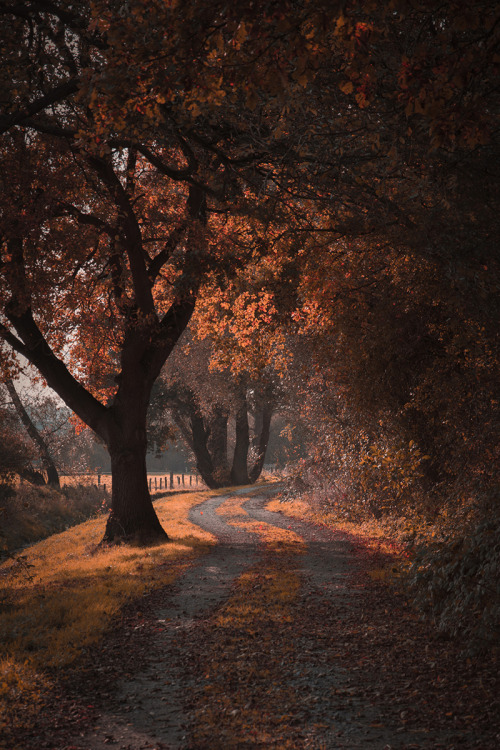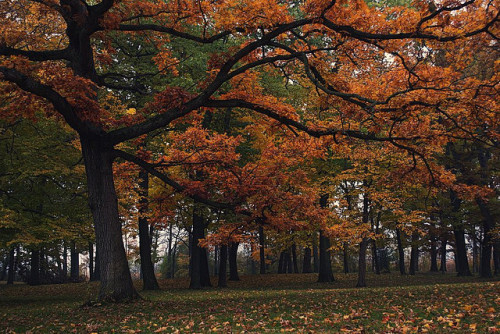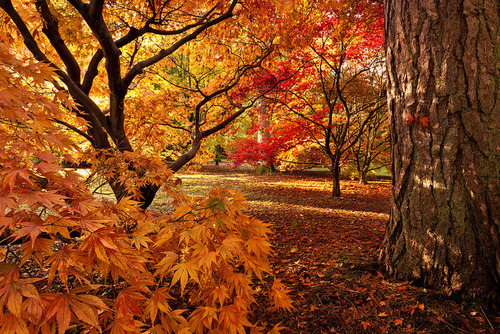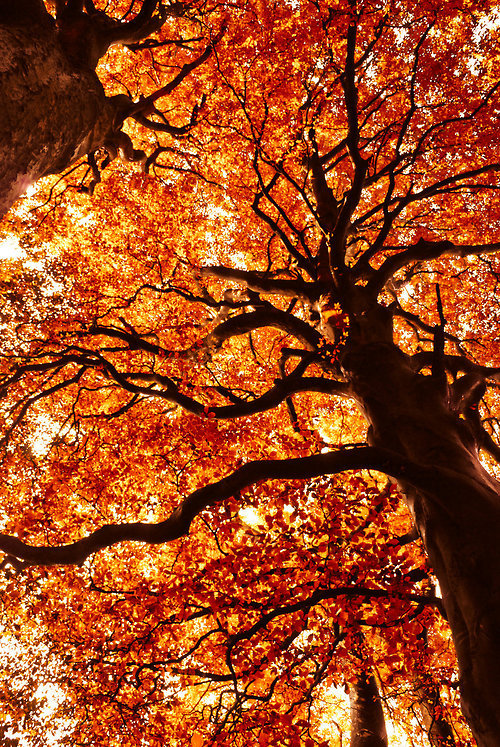:v
:v

this is why police cats aren’t a thing
More Posts from Monstrous-mind and Others
A Mesmerizing Model of Monster Black Holes
Just about every galaxy the size of our Milky Way (or bigger) has a supermassive black hole at its center. These objects are ginormous — hundreds of thousands to billions of times the mass of the Sun! Now, we know galaxies merge from time to time, so it follows that some of their black holes should combine too. But we haven’t seen a collision like that yet, and we don’t know exactly what it would look like.

A new simulation created on the Blue Waters supercomputer — which can do 13 quadrillion calculations per second, 3 million times faster than the average laptop — is helping scientists understand what kind of light would be produced by the gas around these systems as they spiral toward a merger.
The new simulation shows most of the light produced around these two black holes is UV or X-ray light. We can’t see those wavelengths with our own eyes, but many telescopes can. Models like this could tell the scientists what to look for.
You may have spotted the blank circular region between the two black holes. No, that’s not a third black hole. It’s a spot that wasn’t modeled in this version of the simulation. Future models will include the glowing gas passing between the black holes in that region, but the researchers need more processing power. The current version already required 46 days!

The supermassive black holes have some pretty nifty effects on the light created by the gas in the system. If you view the simulation from the side, you can see that their gravity bends light like a lens. When the black holes are lined up, you even get a double lens!
But what would the view be like from between two black holes? In the 360-degree video above, the system’s gas has been removed and the Gaia star catalog has been added to the background. If you watch the video in the YouTube app on your phone, you can moved the screen around to explore this extreme vista. Learn more about the new simulation here.
Make sure to follow us on Tumblr for your regular dose of space: http://nasa.tumblr.com.

Back to the Autumn | Alex Kaßner

The Moon, Venus and Mercury at Dawn 1 - Feb 7, 2016
image credit: Joseph Brimacombe
🍁🍂🎃🍂🍁

october by OneEyedJax on Flickr.
Everything You Need to Know About the Aug. 21 Eclipse
On Aug. 21, all of North America will experience a solar eclipse.

If skies are clear, eclipse-watchers will be able to see a partial solar eclipse over several hours, and some people – within the narrow path of totality – will see a total solar eclipse for a few moments.
How to Watch
It’s never safe to look at the Sun, and an eclipse is no exception. During a partial eclipse (or on any regular day) you must use special solar filters or an indirect viewing method to watch the Sun.

If you have solar viewing glasses, check to make sure they’re safe and undamaged before using them to look at the Sun. Make sure you put them on before looking up at the Sun, and look away before removing them. Eclipse glasses can be used over your regular eyeglasses, but they should never be used when looking through telescopes, binoculars, camera viewfinders, or any other optical device.
If you don’t have eclipse glasses, you can still watch the eclipse indirectly! You can make a pinhole projector out of a box, or use any other object with tiny holes – like a piece of cardstock with a hole, or your outstretched, interlaced fingers – to project an image of the partially eclipsed Sun onto the ground.

Of course, if it’s cloudy (or you’d just rather stay inside), you can watch the whole thing online with us at nasa.gov/eclipselive. Tune in starting at noon ET.
If you’re in the path of totality, there will be a few brief moments when it is safe to look directly at the eclipse. Only once the Moon has completely covered the Sun and there is no light shining through is it safe to look at the eclipse. Make sure you put your eclipse glasses back on or return to indirect viewing before the first flash of sunlight appears around the Moon’s edge.

Why do eclipses happen?
A solar eclipse happens when the Moon passes directly between the Sun and Earth, casting its shadow down on Earth’s surface. The path of totality – where the Moon completely covers the Sun – is traced out by the Moon’s inner shadow, the umbra. People within the Moon’s outer shadow, the penumbra, can see a partial eclipse.

The Moon’s orbit around Earth is tilted by about five degrees, meaning that its shadow usually doesn’t fall on Earth. Only when the Moon lines up exactly between the Sun and Earth do we see an eclipse.

Though the Sun is about 400 times wider than the Moon, it is also about 400 times farther away, making their apparent sizes match up almost exactly. This is what allows the Moon to block out the Sun’s bright face, while revealing the comparatively faint, pearly-white corona.
The Science of Eclipses
Eclipses are a beautiful sight to see, and they’re also helpful for our scientists, so we’re funding eleven ground-based science investigations to learn more about the Sun and Earth.

Total solar eclipses reveal the innermost regions of the Sun’s atmosphere, the corona. Though it’s thought to house the processes that kick-start much of the space weather that can influence Earth, as well as heating the whole corona to extraordinarily high temperatures, we can’t study this region at any other time. This is because coronagraphs – the instruments we use to study the Sun’s atmosphere by creating artificial eclipses – must cover up much of the corona, as well as the Sun’s face in order to produce clear images.

Eclipses also give us the chance to study Earth’s atmosphere under uncommon conditions: the sudden loss of solar radiation from within the Moon’s shadow. We’ll be studying the responses of both Earth’s ionosphere – the region of charged particles in the upper atmosphere – and the lower atmosphere.
Learn all about the Aug. 21 eclipse at eclipse2017.nasa.gov, and follow @NASASun on Twitter and NASA Sun Science on Facebook for more. Watch the eclipse through the eyes of NASA at nasa.gov/eclipselive starting at 12 PM ET on Aug. 21.
Make sure to follow us on Tumblr for your regular dose of space: http://nasa.tumblr.com
🍁🍂🎃🌄

Wistfully Country on Pinterest.
🍂🍁🎃📚📓

🌄🍂🍁🍃🎃

🍂🍁🎃🍁🍂🌄










Autumn Colours
↳ Orange
-
 prince-less liked this · 2 months ago
prince-less liked this · 2 months ago -
 real-doozy liked this · 6 months ago
real-doozy liked this · 6 months ago -
 lsd2cbmdma reblogged this · 6 months ago
lsd2cbmdma reblogged this · 6 months ago -
 663 reblogged this · 6 months ago
663 reblogged this · 6 months ago -
 maverick-ornithography liked this · 7 months ago
maverick-ornithography liked this · 7 months ago -
 incorrigibly---frivolous reblogged this · 7 months ago
incorrigibly---frivolous reblogged this · 7 months ago -
 wingriddenangel999 liked this · 9 months ago
wingriddenangel999 liked this · 9 months ago -
 i-am-moonknight reblogged this · 10 months ago
i-am-moonknight reblogged this · 10 months ago -
 colbaltsunfire reblogged this · 10 months ago
colbaltsunfire reblogged this · 10 months ago -
 colbaltsunfire liked this · 10 months ago
colbaltsunfire liked this · 10 months ago -
 nonekop liked this · 11 months ago
nonekop liked this · 11 months ago -
 5peedracer liked this · 1 year ago
5peedracer liked this · 1 year ago -
 sandra-lovie liked this · 1 year ago
sandra-lovie liked this · 1 year ago -
 frankie-furbo liked this · 1 year ago
frankie-furbo liked this · 1 year ago -
 rainythealias liked this · 1 year ago
rainythealias liked this · 1 year ago -
 the-casual-cat reblogged this · 1 year ago
the-casual-cat reblogged this · 1 year ago -
 chuliann liked this · 1 year ago
chuliann liked this · 1 year ago -
 schlafloo liked this · 1 year ago
schlafloo liked this · 1 year ago -
 sakebobomb liked this · 1 year ago
sakebobomb liked this · 1 year ago -
 paucipsourito liked this · 1 year ago
paucipsourito liked this · 1 year ago -
 smilercats2 liked this · 1 year ago
smilercats2 liked this · 1 year ago -
 blooniverse liked this · 1 year ago
blooniverse liked this · 1 year ago -
 imposterzoe reblogged this · 1 year ago
imposterzoe reblogged this · 1 year ago -
 imposterzoe liked this · 1 year ago
imposterzoe liked this · 1 year ago -
 iwillhaveamoonbase liked this · 1 year ago
iwillhaveamoonbase liked this · 1 year ago -
 cagumpcycmo liked this · 1 year ago
cagumpcycmo liked this · 1 year ago -
 oriondeouro liked this · 1 year ago
oriondeouro liked this · 1 year ago -
 intrusive-loneliness liked this · 1 year ago
intrusive-loneliness liked this · 1 year ago -
 michaeldifede liked this · 1 year ago
michaeldifede liked this · 1 year ago -
 thisisabernieblog liked this · 1 year ago
thisisabernieblog liked this · 1 year ago -
 coffeefiend37 liked this · 1 year ago
coffeefiend37 liked this · 1 year ago -
 cave-mans-blog liked this · 1 year ago
cave-mans-blog liked this · 1 year ago -
 rayrayno liked this · 1 year ago
rayrayno liked this · 1 year ago -
 z-o-m-b-i-e-s reblogged this · 1 year ago
z-o-m-b-i-e-s reblogged this · 1 year ago -
 420xbabydollx reblogged this · 1 year ago
420xbabydollx reblogged this · 1 year ago
My ambition is handicapped by laziness. -C. Bukowski Me gustan las personas desesperadas con mentes rotas y destinos rotos. Están llenos de sorpresas y explosiones. -C. Bukowski. I love cats. Born in the early 80's, raised in the 90's. I like Nature, Autumn, books, landscapes, cold days, cloudy Windy days, space, Science, Paleontology, Biology, Astronomy, History, Social Sciences, Drawing, spending the night watching at the stars, Rick & Morty. I'm a lazy ass.
222 posts
